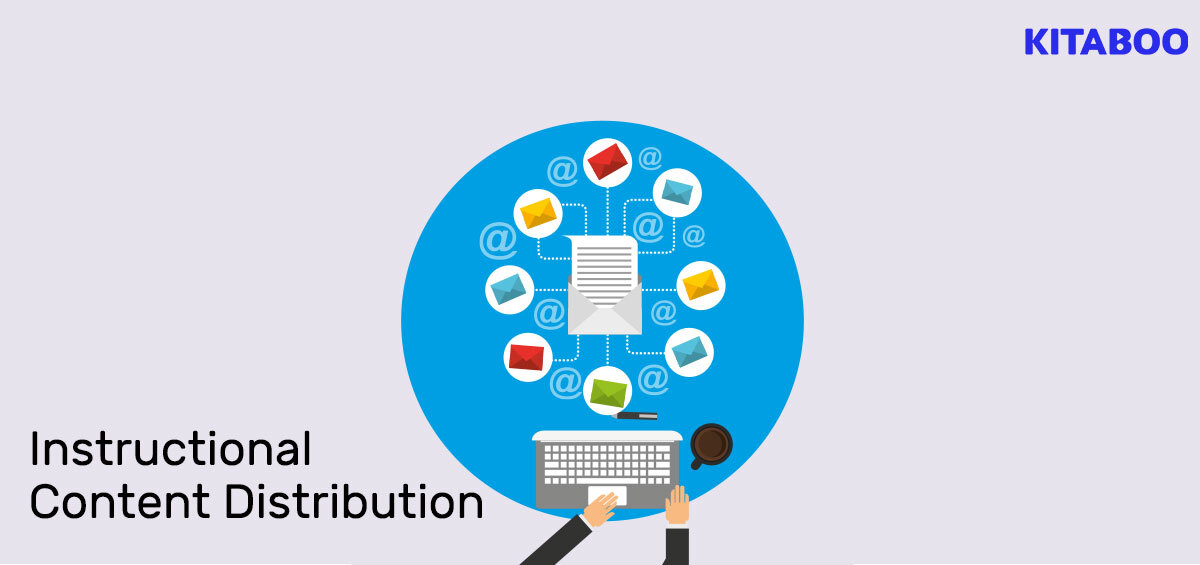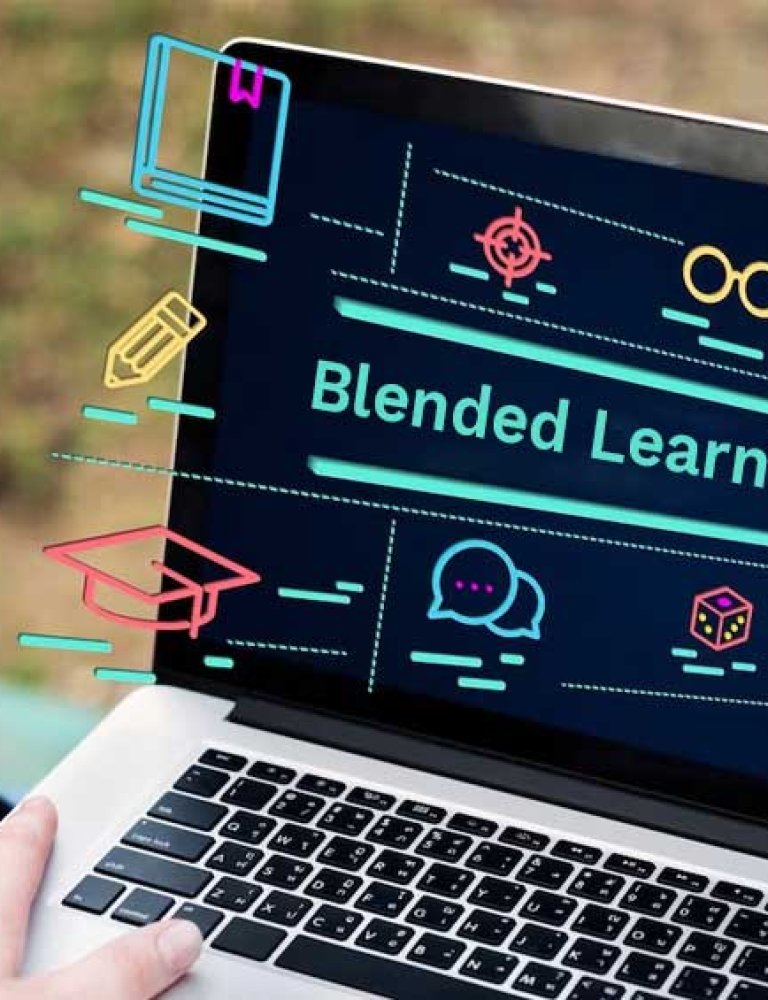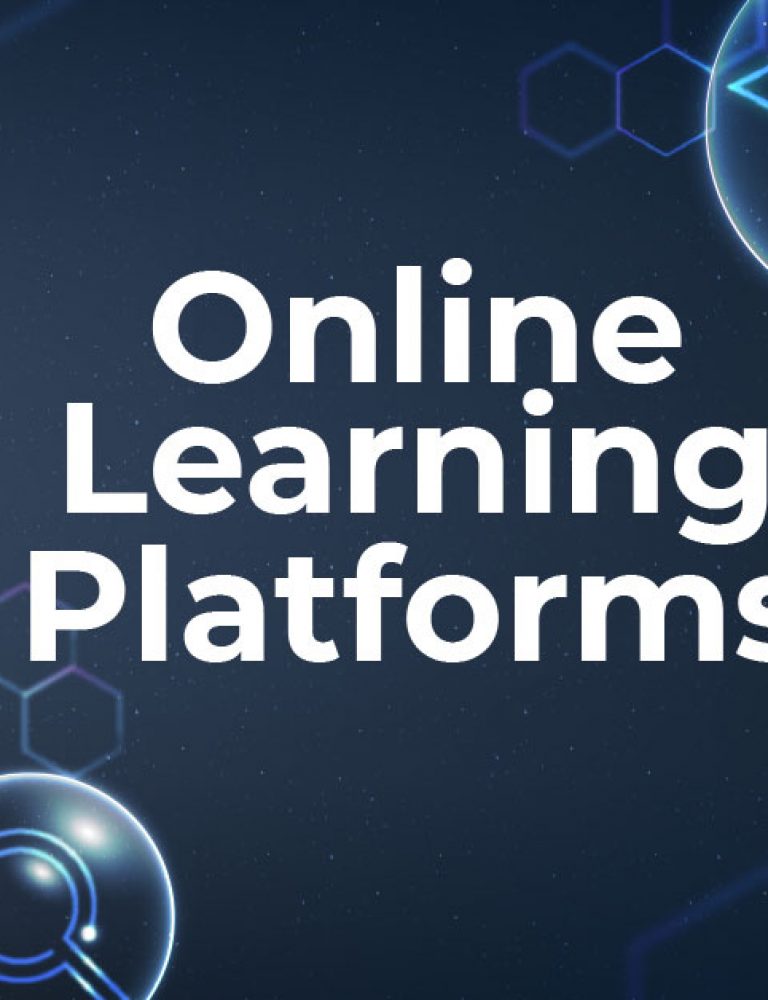With rapid technological advancements and the evolving educational landscape, it’s time to upgrade your content distribution strategy. As an educator, your primary goal should be to optimize instructional content distribution to maximize student learning outcomes.
You need innovative and dynamic strategies that foster engagement, comprehension, and retention among your students. Simply put, distribute instructional content in a way that sparks curiosity and ensures a lasting impact on your students’ minds.
But how do you achieve that? This article will delve into five highly effective instructional content distribution strategies to aid successful knowledge transfer and ensure impactful learning experiences.
Before we explore them, let’s understand what instructional content is first.
Table of Contents:
I. What is Instructional Content in Learning?
II. Top 5 Instructional Content Distribution Strategies
- Personalized Learning Paths
- Interactive Multimedia Integration
- Mobile Learning Platforms
- Collaborative Learning Communities
- Adaptive Assessment and Feedback Mechanisms
III. Wrapping Up!
What is Instructional Content in Learning?
Instructional content refers to educational materials, resources, and information designed to optimize the teaching and learning process. It encompasses diverse materials that help break down complex topics into bite-sized pieces. These include textbooks, lectures, presentations, multimedia, and other digital learning resources.
The main idea is to aid students in acquiring new knowledge, skills, and competencies. The best part? It’s tailor-made to match students’ unique learning styles and preferences to ensure they get the most out of every lesson.
Overall, instructional content serves as a cornerstone of effective teaching and learning. It facilitates the development of critical thinking skills, problem-solving abilities, and a deeper conceptual understanding of the subject matter.
When it comes to delivering instructional content, digital textbook platforms like KITABOO can be of great help. Empowering educators, KITABOO utilizes robust analytics, LMS integrations, DRM protection, and AI-powered assistants to create, publish, and distribute interactive resources.
Top 5 Instructional Content Distribution Strategies
Effective instructional content distribution in contemporary education is pivotal for ensuring comprehensive and engaging learning experiences.
Let’s explore five meticulously selected strategies that act as catalysts for efficient knowledge dispersal and cognitive engagement within modern educational contexts.
Examining these strategies in detail will give you valuable insights into leveraging innovative techniques to foster a dynamic learning environment.
1. Personalized Learning Paths
Tailoring instructional content to suit each student’s needs and learning styles is foundational to effective content distribution. By integrating personalized learning paths, you can employ adaptive technologies that customize the learning experience for each student.
Leveraging data-driven insights and analytics, you can identify the strengths and weaknesses of students and curate content specifically tailored to their unique requirements.
Here’s when tools like KITABOO Insight come in handy. The tool monitors digital content consumption and provides actionable patterns for informed decision-making. You can utilize these insights to enhance content quality and customize it based on your student’s interests.
This approach fosters a deeper understanding of the material and cultivates a sense of ownership and autonomy within the learning process, enhancing student motivation and engagement.
2. Interactive Multimedia Integration
Incorporating multimedia elements into instructional content is a powerful tool to captivate and stimulate student interest.
You can create an immersive learning environment by integrating videos, simulations, virtual reality experiences, and interactive exercises. This facilitates active participation and deepens conceptual understanding.
You can leverage eBook publishing platforms like KITABOO to develop engaging eBooks that revolutionize the learning experience. The platform facilitates the creation of eBooks from scratch and the incorporation of interactive elements into existing ones.
Appealing to diverse sensory modalities effectively keeps students actively engaged and motivated throughout the learning process. Utilizing multimedia resources can also facilitate complex concept comprehension and foster critical thinking skills among students.
3. Mobile Learning Platforms
In a time where mobile devices are omnipresent, integrating mobile learning platforms has become a crucial strategy for efficiently delivering instructional content.
By leveraging the flexibility and accessibility offered by mobile devices, you can facilitate ‘anytime, anywhere’ learning experiences for your students.
Implementing mobile-compatible educational applications, eBooks, and responsive learning management systems (LMS) enhances the accessibility of instructional materials. It also promotes continuous engagement and seamless interaction between students and course content.
As a proficient digital textbook platform, KITABOO guarantees compatibility of your published content across multiple devices and platforms. Opt for a fully responsive design to enhance the accessibility of your content from any location.
Furthermore, integrating gamification elements within mobile learning platforms can incentivize student participation. This can help foster a competitive yet collaborative learning environment.
4. Collaborative Learning Communities
Fostering collaborative learning communities serves as a strategic approach to distributing instructional content. It encourages peer-to-peer interaction and knowledge sharing.
You can create online forums, discussion boards, and virtual study groups to facilitate active collaboration and collective problem-solving among students.
To cultivate essential interpersonal and communication skills, encourage students to engage in group projects, collaborative assignments, and peer reviews.
Establishing a supportive and inclusive learning community fosters a sense of belonging and mutual accountability. This enhances student motivation and academic achievement.
5. Adaptive Assessment and Feedback Mechanisms
Implementing adaptive assessment and feedback mechanisms is essential for effective evaluation and refinement of instructional content distribution strategies.
Formative assessment tools, quizzes, and periodic evaluations can help you continuously monitor student progress and identify areas that require further attention or clarification.
Here’s when experts at KITABOO can come to your rescue. KITABOO has formulated various advanced methods and solutions to address contemporary assessment requirements.
- The platform’s inventive evaluation and performance strategies yield excellent results, with comprehensive tracking from administration to reporting.
- Additionally, provide timely and constructive feedback to students to enhance their understanding of strengths and areas for improvement. Doing so also encourages a growth-oriented mindset.
- Leverage data analytics to track student performance trends. This enables you to make informed adjustments to instructional content delivery, ensuring optimal learning outcomes and academic success.
With its integrated analytics tools, KITABOO Insight enables you to monitor courseware consumption and delivery patterns. This empowers you to create better, engaging content and prepare yourself to outperform the competition.
Wrapping Up!
By incorporating these five instructional content distribution strategies, you can cultivate a transformative educational experience that nurtures student curiosity, critical thinking, and lifelong learning.
Embrace these strategies and embark on a journey of educational innovation that paves the way for enhanced student engagement and academic excellence.
If you’re looking for a digital textbook platform that can cater to your requirements, consider collaborating with KITABOO. Specializing in interactive digital content, the platform stands as an innovative solution for effectively distributing instructional content.
Schedule a demo with us today and get started!
To know more, write to us at KITABOO@hurix.com.
Suggested Reads:
Discover How An Ebook Conversion, Publishing & Distribution Platform Can Help You
Kitaboo is a cloud-based content platform to create-publish & securely distribute interactive mobile-ready ebooks.
You May Also Like









